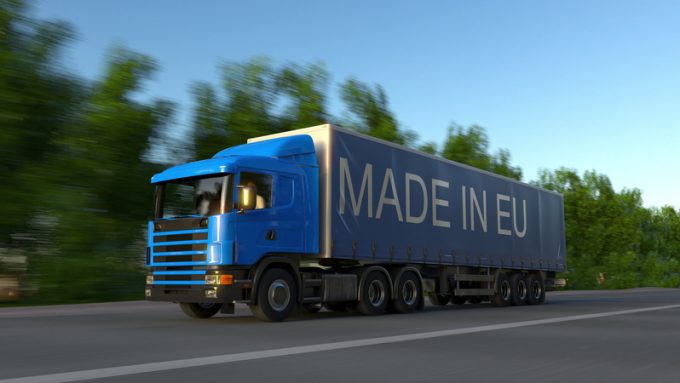Asia-Europe FAK price hikes manage to halt 13-week rate decline
This week’s FAK rate hikes introduced by carriers on the Asia-Europe trades managed to arrest ...

European road freight capacity appears to be on the rise, but this is mainly due to weak economies than any turnaround in the truck driver shortage crisis.
Several surveys point to more available space on the continent’s roads, with Davies Turner chairman Philip Stephenson suggesting things are “slowing down”.
“One year ago, European haulage capacity was very tight, now there’s the capacity to handle demand, despite the driver shortage,” he said.
“We have also noted that haulage prices in the first quarter of 2019 ...
Volcanic disruption at Anchorage could hit transpacific airfreight operations
Shippers snap up airfreight capacity to US ahead of tariff deadline
New price hikes may slow ocean spot rate slide – but for how long?
Tighter EU import requirements proving 'a challenge' for forwarders
Forwarders stay cool as US 'liberation day' tariffs threaten 'global trade war'
Supply chain delays expected after earthquake hits Myanmar
Looming Trump tariffs will create 'a bureaucratic monster' for Customs

Comment on this article